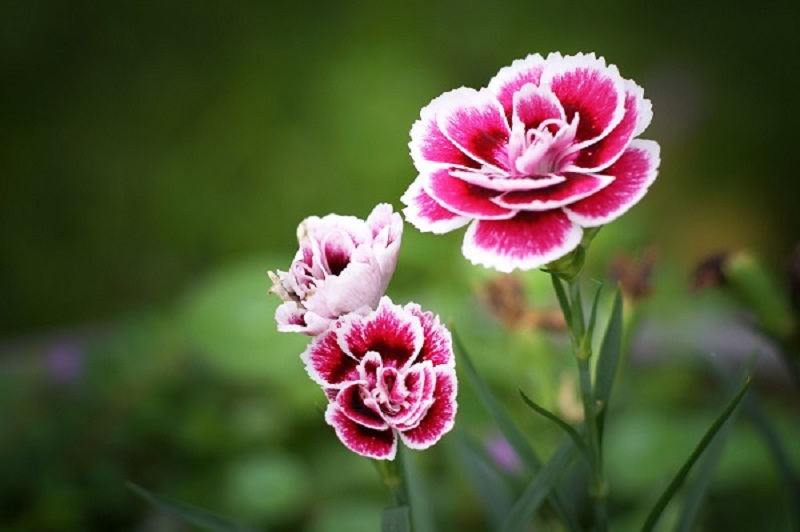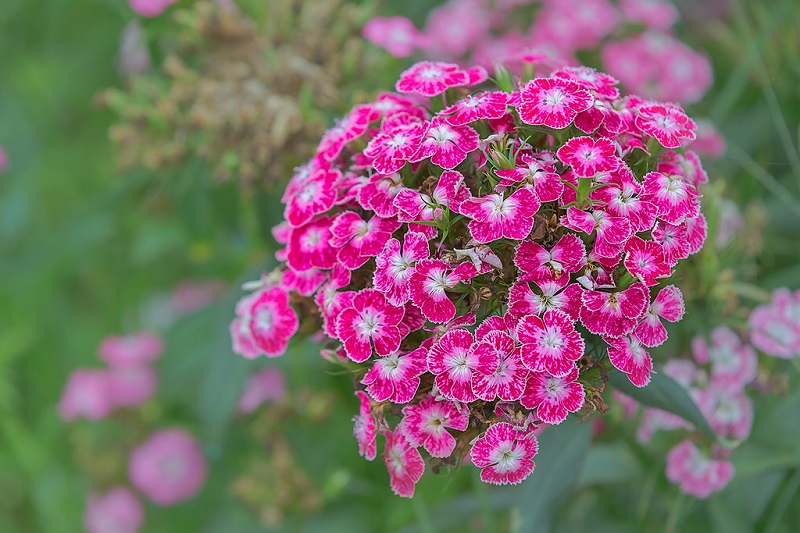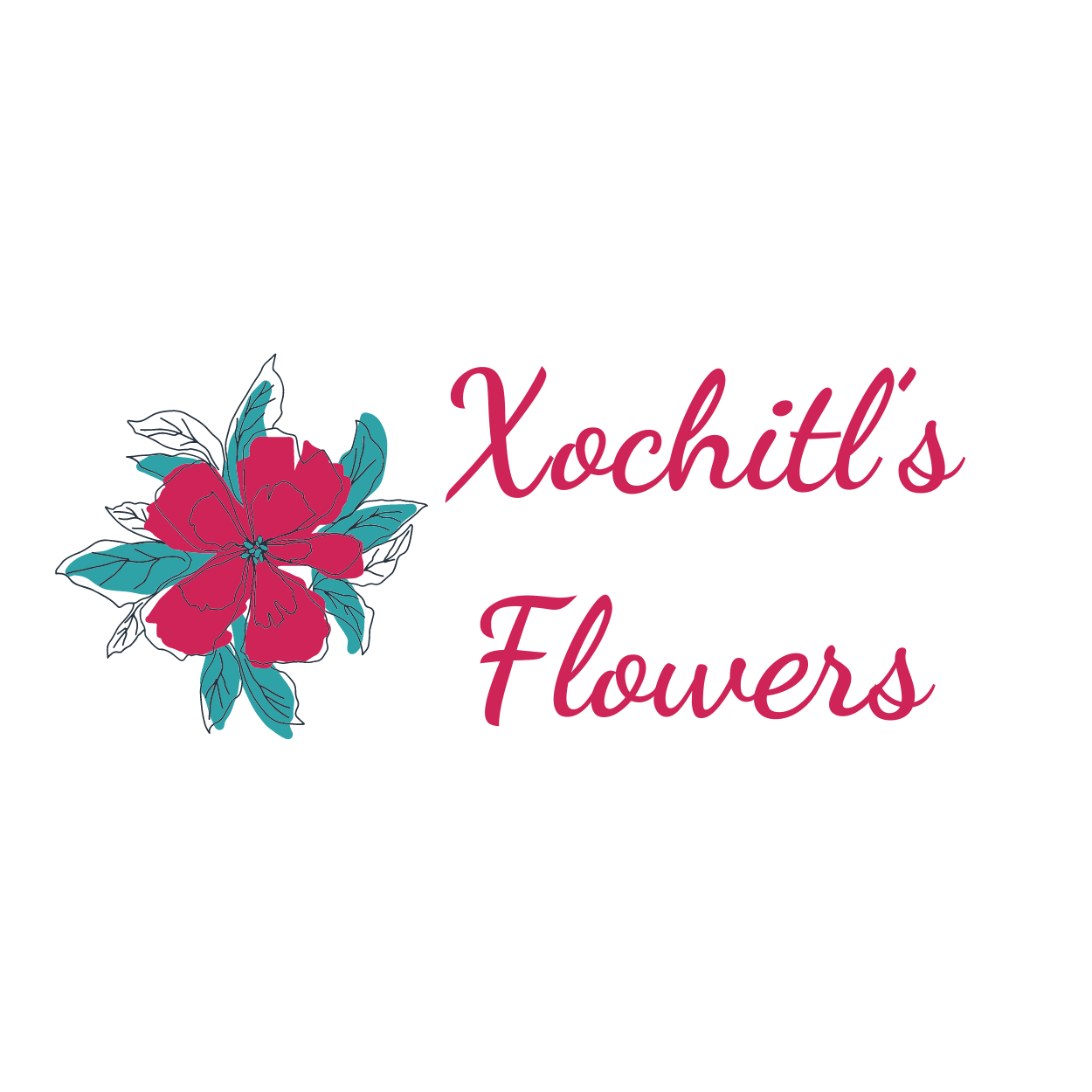Dwarf carnations (Dianthus caryophyllus) are a delightful and versatile addition to any garden or floral arrangement. Known for their compact size and vibrant blooms, these charming flowers offer a unique alternative to their larger counterparts. Dwarf carnations have become increasingly popular among gardeners and floral designers due to their ease of care and adaptability. This article explores the physical characteristics, varieties, cultivation, and significance of dwarf carnations, providing a comprehensive guide for those interested in incorporating these beautiful flowers into their spaces.
Physical Characteristics
Plant Size and Growth Habit
Dwarf carnations are characterized by their compact growth habit, typically reaching a height of 6 to 12 inches. Unlike their taller relatives, dwarf carnations have a bushy appearance with a dense arrangement of foliage. This makes them ideal for smaller garden spaces, container gardening, and as border plants. Their manageable size allows them to fit well in various garden settings without overwhelming other plants.

Flower Structure
The blooms of dwarf carnations are smaller than those of standard carnations, usually measuring 1 to 2 inches in diameter. Despite their size, they exhibit the same beautiful ruffled petals and layered structure that make carnations so popular. The petals are arranged in a way that creates a full and textured look, adding a touch of elegance to any arrangement.
Color Variations
Dwarf carnations come in a wide range of colors, including vibrant red, pristine white, soft pink, sunny yellow, and rich purple. These colors can be solid or variegated, offering a diverse palette for gardeners and floral designers. Some rare and unique color variations, such as bi-colored or speckled blooms, add an extra layer of interest and visual appeal.
Varieties of Dwarf Carnations
Popular Cultivars
Several well-known dwarf carnation varieties stand out for their exceptional qualities. Examples include ‘Dianthus ‘Tiny Rubies,” known for its deep red blooms, and ‘Dianthus ‘Pink Kisses,’ which features charming pink flowers. These cultivars are favored for their compact size, vibrant colors, and reliable blooming performance.
New Introductions
Recent innovations in breeding have led to the development of new dwarf carnation cultivars with unique attributes. Varieties like ‘Dianthus ‘Dwarf Bouquet’ and ‘Dianthus ‘Everlast Pink” offer enhanced flower colors, improved disease resistance, and extended blooming periods. These new introductions provide fresh options for gardeners looking to expand their carnation collection.
Cultivation and Care
Planting Requirements
Dwarf carnations thrive in well-drained soil with a neutral to slightly alkaline pH. For optimal growth, plant them in a location that receives full sunlight, ideally at least 6 hours per day. Space the plants about 8 to 12 inches apart to allow for proper air circulation and growth. When planting, ensure that the soil is enriched with organic matter to support healthy root development.
Growth Conditions
These carnations prefer a moderate climate with temperatures ranging from 60 to 75 degrees Fahrenheit. They can tolerate some temperature fluctuations but may struggle in extreme heat or cold. In regions with harsher climates, consider providing some shade during the hottest part of the day or using mulch to regulate soil temperature.
Watering and Fertilization
Regular watering is essential for dwarf carnations, but it’s important to avoid overwatering, which can lead to root rot. Water the plants when the top inch of soil feels dry, making sure that the water reaches the root zone. Apply a balanced fertilizer every 6-8 weeks to promote vigorous growth and abundant blooms. Avoid using excessive fertilizers, as this can lead to foliage growth at the expense of flowers.
Pruning and Maintenance
Pruning and deadheading are important for maintaining the health and appearance of dwarf carnations. Regularly remove spent flowers to encourage continuous blooming and prevent the plant from becoming leggy. Pruning also helps maintain the plant’s shape and can stimulate the production of new growth.
Common Issues and Solutions
Pests and Diseases
Dwarf carnations are susceptible to a range of pests and diseases. Common pests include aphids and spider mites, which can damage the foliage and blooms. Use insecticidal soap or neem oil to manage these pests effectively. Common diseases affecting dwarf carnations include root rot and powdery mildew. To prevent these issues, ensure proper soil drainage and avoid overhead watering, which can create a favorable environment for fungal growth.
Troubleshooting Tips
If you notice symptoms such as wilting, yellowing leaves, or poor flowering, it may indicate problems with watering or nutrient deficiencies. Adjust your watering practices and consider using a balanced fertilizer to address these issues. Regular inspection and prompt action can help prevent and resolve common problems, ensuring healthy and vibrant dwarf carnations.

Uses and Significance
Gardening Uses
Dwarf carnations are highly versatile in garden settings. Their compact size makes them perfect for use in borders, container gardens, and hanging baskets. They pair well with other low-growing plants and can be used to create colorful and textured garden displays. Their adaptability makes them a great choice for both small urban gardens and larger landscapes.
Floral Arrangements
In floral design, dwarf carnations are prized for their vibrant colors and charming size. They are often used in bouquets, centerpieces, and arrangements for special occasions. Their ability to complement other flowers and foliage makes them a valuable addition to any floral design, adding elegance and visual interest.
Symbolism and Cultural Importance
Dwarf carnations, like their larger counterparts, carry symbolic meanings associated with their colors. Red carnations symbolize love and admiration, white carnations represent purity and good fortune, and pink carnations convey gratitude and remembrance. These meanings make dwarf carnations suitable for various cultural and ceremonial contexts, adding a touch of significance to their beauty.
Notable Cultivars and Varieties
Classic Varieties
Established dwarf carnation cultivars, such as ‘Tiny Rubies’ and ‘Pink Kisses,’ have gained popularity for their reliable performance and attractive appearance. These classic varieties continue to be favored by gardeners for their consistent quality and charm.
Innovative Varieties
New cultivars like ‘Dwarf Bouquet’ and ‘Everlast Pink’ represent recent advancements in carnation breeding. These innovative varieties offer unique features, such as enhanced flower colors and improved disease resistance, making them exciting options for modern gardeners.
Conclusion
Dwarf carnations are a delightful and versatile addition to any garden or floral arrangement. Their compact size, vibrant blooms, and wide range of colors make them an appealing choice for various settings. By understanding their characteristics, cultivation needs, and significance, gardeners and floral designers can fully appreciate the charm and beauty of dwarf carnations. Whether used in garden borders, container displays, or floral arrangements, dwarf carnations offer timeless elegance and versatility that continue to captivate and inspire.
